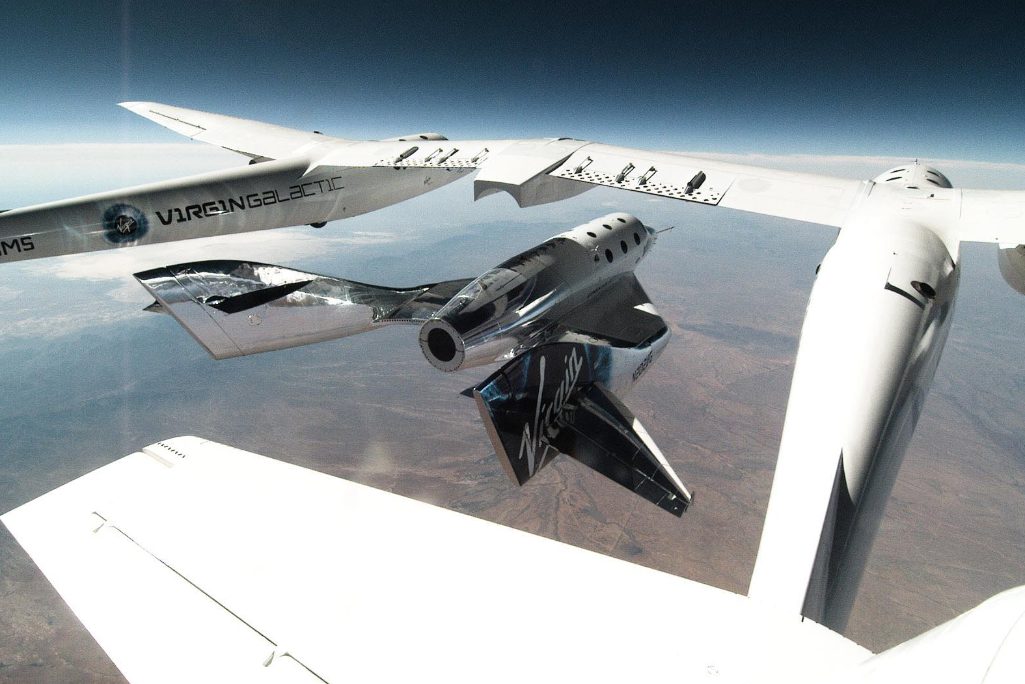What Exactly Are 'SPACs'? Why They Will Matter in Travel This Year

Skift Take
Some travel sector startups will use special-purpose acquisition companies, or SPACs, to go public, instead of doing traditional IPOs. The trend has the makings of an investor frenzy. Here's our cheat sheet, covered in six questions and answers.
The boom of investor interest in SPACs has been one of the most remarkable trends in finance. So what are SPACs, exactly? And how might they appeal to travel startups looking to go public or get acquired?
A special purpose acquisition company (SPAC), or blank check company, is a shell company with no operations but that its backers create to acquire or merge with another company. The backers promise startup founders a chance to speed up and smooth out the path to an initial public offering (IPO), compared to a traditional, bank-led IPO.
"In 2020, more money was raised in SPAC IPOs than in all previous years combined," said Jay Ritter, a professor of finance at the University of Florida who studies IPOs. "There are now close to 300 recent SPAC IPOs searching for a merger partner. I expect that most of these will agree to merge with a private operating firm and take it public during 2021."
More than 218 special purpose acquisition companies went public in the U.S. last year, said S&P Global Market Intelligence data. Many of these specialist companies are hungry for deals, and some are hunting in the travel sector.
So we've put together this explainer. Below, we briefly trace the origins of the SPAC surge, cover the pros and cons of SPACs, and discuss the implications for travel startups.
What Exactly Is a SPAC?
A special purpose acquisition company (SPAC) offers young companies a way to list publicly on stock exchanges to raise capital. They promise an alternative to a traditional, bank-led initial public offering that's quicker and more predictable for the businesses.
"Trust me" is the core pitch that a SPAC makes to investors. Backers create a blank check company, meaning a company that doesn't make anything. Their only business plan is a promise to buy or merge with a "real" revenue-generating business.
First, the backers list their blank check company on a public exchange for a few days. Once enough investors have bought shares to meet a funding target, the SPAC starts shopping for companies to buy or merge with.
A SPAC will move fast. It usually promises to find a company within two years. If the backers don't find a good company to merge with or acquire within tw

